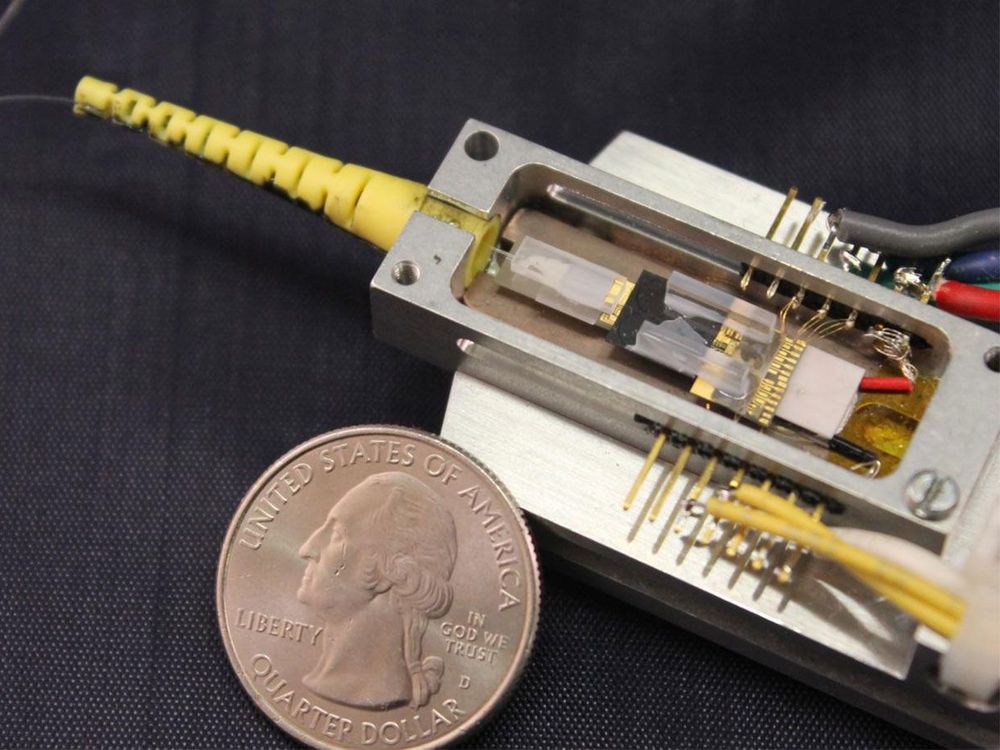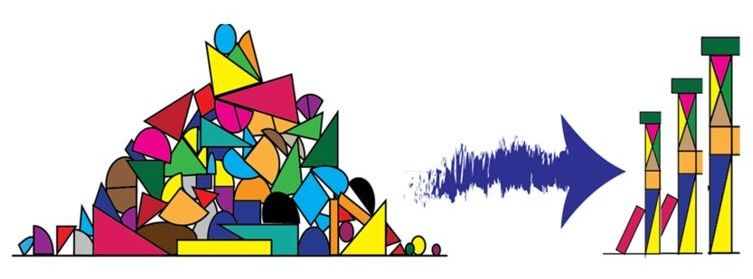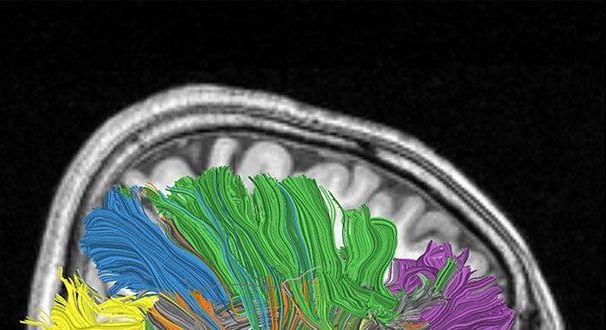
A weakness of lasers integrated onto microchips is how they can each generate only one color of light at a time. Now researchers have come up with a simple integrated way to help these lasers fire multiple colors, a new study finds.
When it comes to data and telecommunications applications, integrated lasers would ideally generate multiple frequencies of light to boost how much information they could transmit. One way to achieve this end is an “optical frequency comb,” which converts a pulse of light from a single laser into a series of pulses equally spaced in time and made up of different, equally spaced frequencies of light.
Generating combs long required equipment that was expensive, bulky, complex, and delicate. However, in the past decade or so, researchers began developing miniature and integrated comb systems. These microcombs passed light from a laser through a waveguide to a microresonator—a ring in which circulating light could become a soliton, a kind of wave that preserves its shape as it travels. When solitons left these microresonators, they each did so as very stable, regular streams of pulses—in other words, as frequency combs.


















